Thinking of all the books I love reading with my boys, I was in great debate on which to feature in my first blog post. I decided it had to be the book that brought me back to children’s books—Click, Clack, Moo: Cows That Type by Doreen Cronin, illustrated by Betsy Lewin.
Before the boys, I worked at Scholastic. One day, I saw the cover on a poster in someone’s office. I was intrigued. Then I read it. It brought back the delight and imagination of children’s books. It’s now one of my all-time favorite books. The boys and I have revisited it hundreds of times.
Click, Clack, Moo is a simple but ingenious concept. What happens when you put two things together that don’t belong together?
What if cows got a typewriter?
You’ll find out in this story. And it can really open up your kids’ imagination. Let it be the start of creative conversations during car rides, on the food store line, and all those other times you need to kill time.
Start with “What if…” and see where the conversation goes. What if the car could talk, our dog did the shopping, and so on… You might have content to write your own book.
But What’s a Typewriter?
I am old enough to know what a typewriter is…. I’ve even used one!
But most kids today, maybe even some of you, would recognize a typewriter as much as a rotary-dial phone or tape deck. In the hundreds of times we’ve read the book, my boys never asked what it was. They probably assumed it was a computer.
That may leave you wondering: how do I explain or show this to my kids? Who has a typewriter?
Lucky for you and my boys, I have my Aunt’s in my basement. I pulled it out, and my boys love playing with it.
Share this video with your kids so they can see how a typewriter works and what it sounds like. (I came away thankful for computers. Can you imagine the headache you’d have working in an office filled with people typing?)
Talking about a typewriter and seeing one in action will help children build their vocabulary and connect to the book. You can help them deepen their understanding by asking what the cows would use today to write those notes. (My boys said a computer, phone, and even Facebook.)
Ideas for Reading Click, Clack, Moo
The first hundred times through, you’ll probably just read the book. (Repeated reading of a book is good!) Eventually, you’ll seek ways to mix it up a bit.
First and foremost, have fun! I’m sure, like mine, your child will not tire of the flow of the language, repeat of “Click, clack, moo,” and illustrations. Read it with feeling. Change your voice for the cows’ notes verse Farmer Brown’s.
Depending on the age of your children, have them chime in. Drop endings of sentences and turn to your kids. Don’t worry. They’ll catch on quick and repeat “Click, clack, moo.” You’ll know they’re really getting it when they figure out the last one is different: “Click, clack, quack” instead of “Click, clack, moo.”
Go Beyond Reading…
- Talk About Words: Even though this is written for children ages 3–8, there’s more complex vocabulary. Exposing kids to these words is exactly what you want to do. They’ll understand the story, even if they don’t understand each word. But at some point you can discuss some of the harder words like impossible, electric, typewriter, strike, furious, neutral, and ultimatum.
- Make Connections to the Book: Discuss compromise. Farmer Brown had to compromise or bargain with the cows so that they’d give up the typewriter. Ask your kids when they had to compromise.
- Get Creative: Use the notes written by the cows and Farmer Brown to model writing letters to a grandparent or other loved one. Encourage that person to write back to them. Your kids will love the mail! If letter writing isn’t going to happen, discuss an imaginary note that they’d write to Farmer Brown. What would they like? Remember to use “dear” and “sincerely.”
I hope you and your kids will enjoy Click, Clack, Moo if you haven’t already. Please share your thoughts and what you do with it.

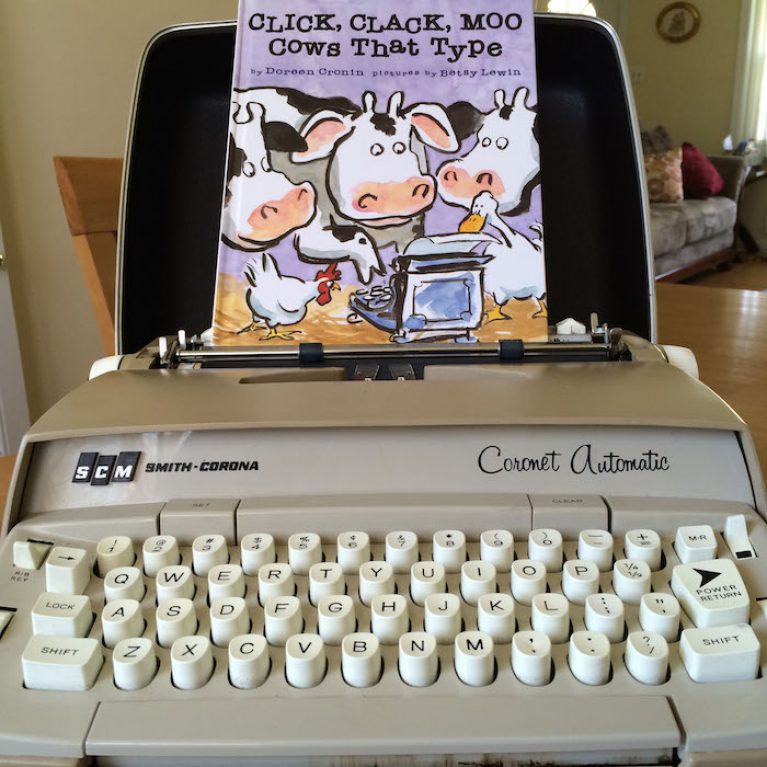
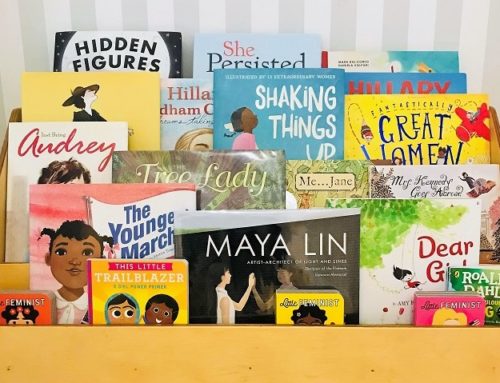
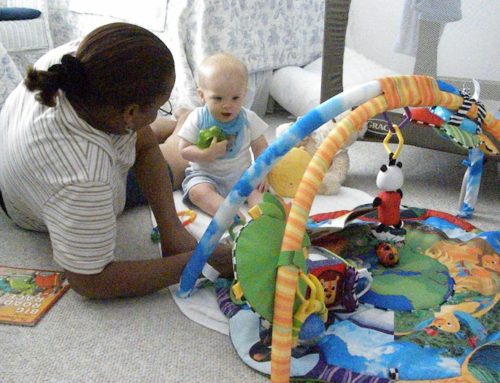
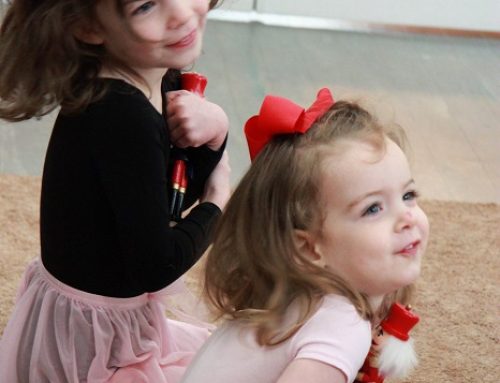
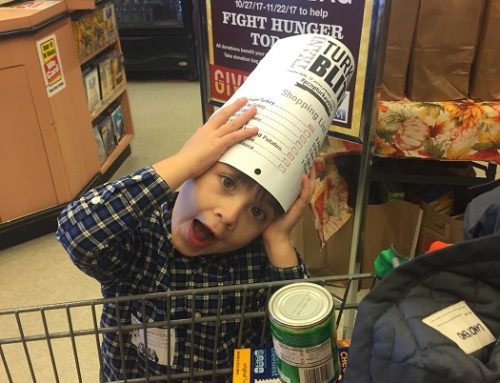
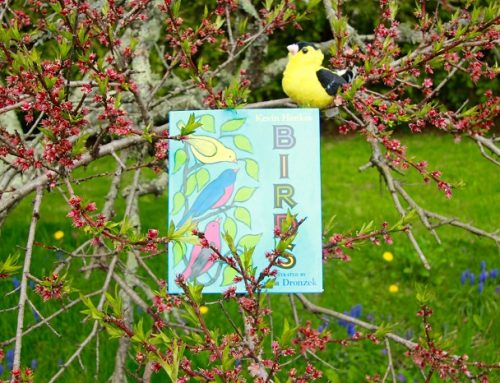



Leave A Comment